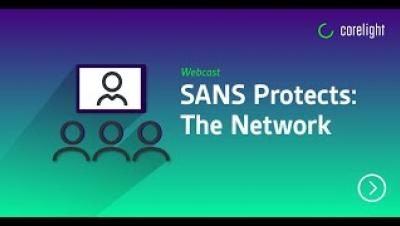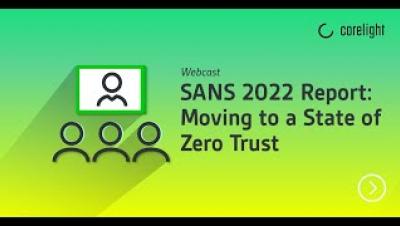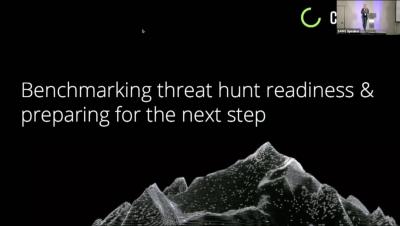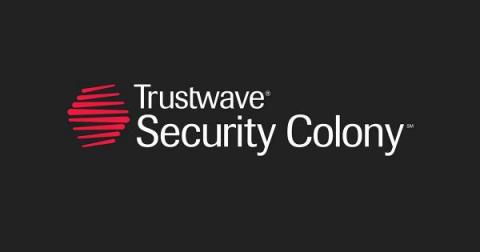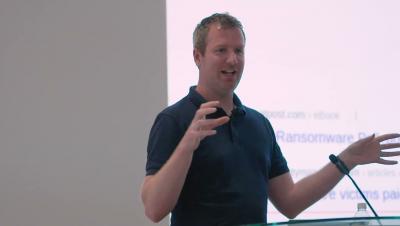SANS Protects: The Network
SANS Protects is a series of papers focused on the most prevalent threats to specific, critical components of your environment as well as actions you can take to mitigate those threats and thwart threat actors. In this webcast, sponsored by Corelight, SANS Certified Instructor Matt Bromiley will examine current, prevalent network threats and how adversaries use them to take advantage of, and maintain footholds in, victim environments.


